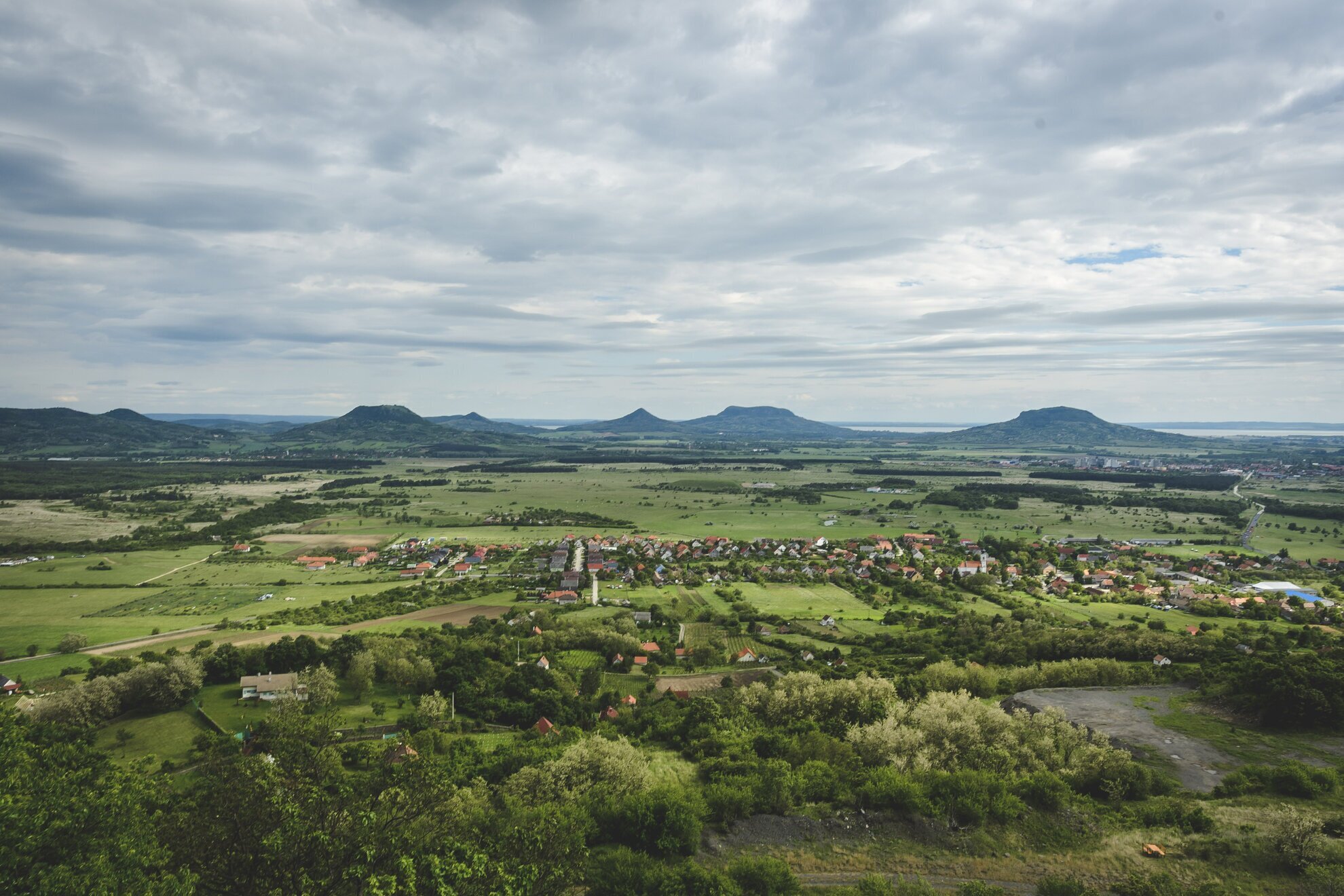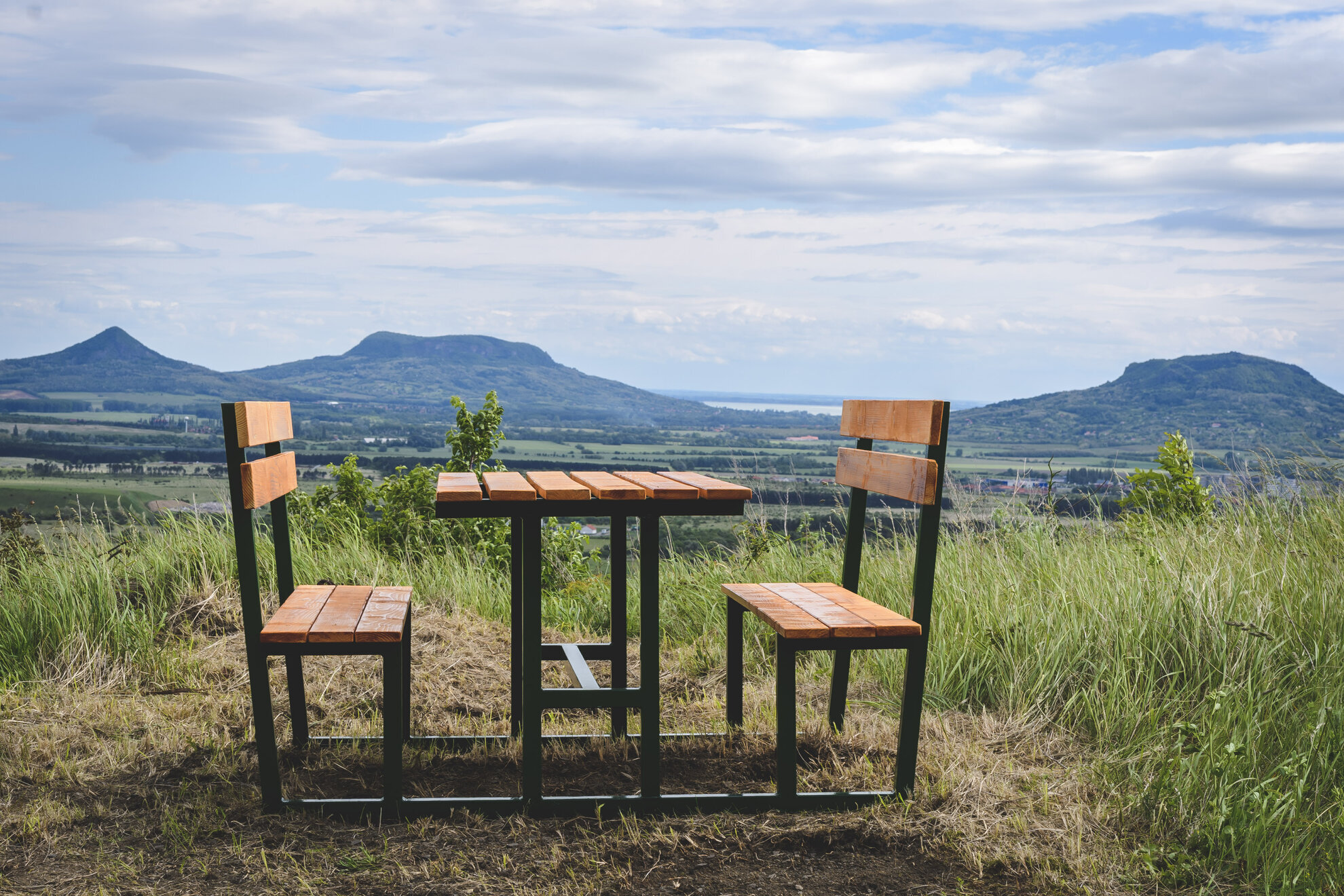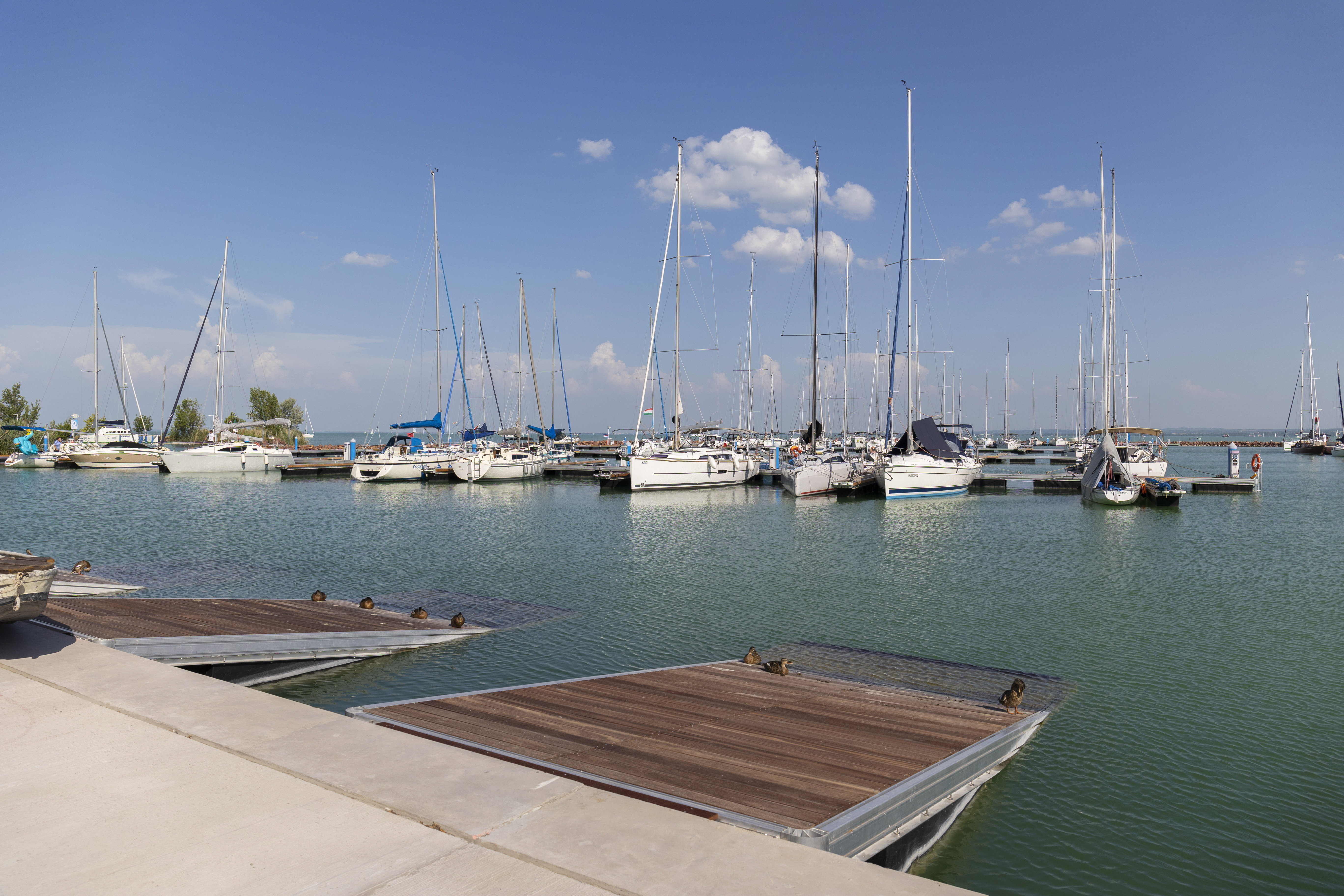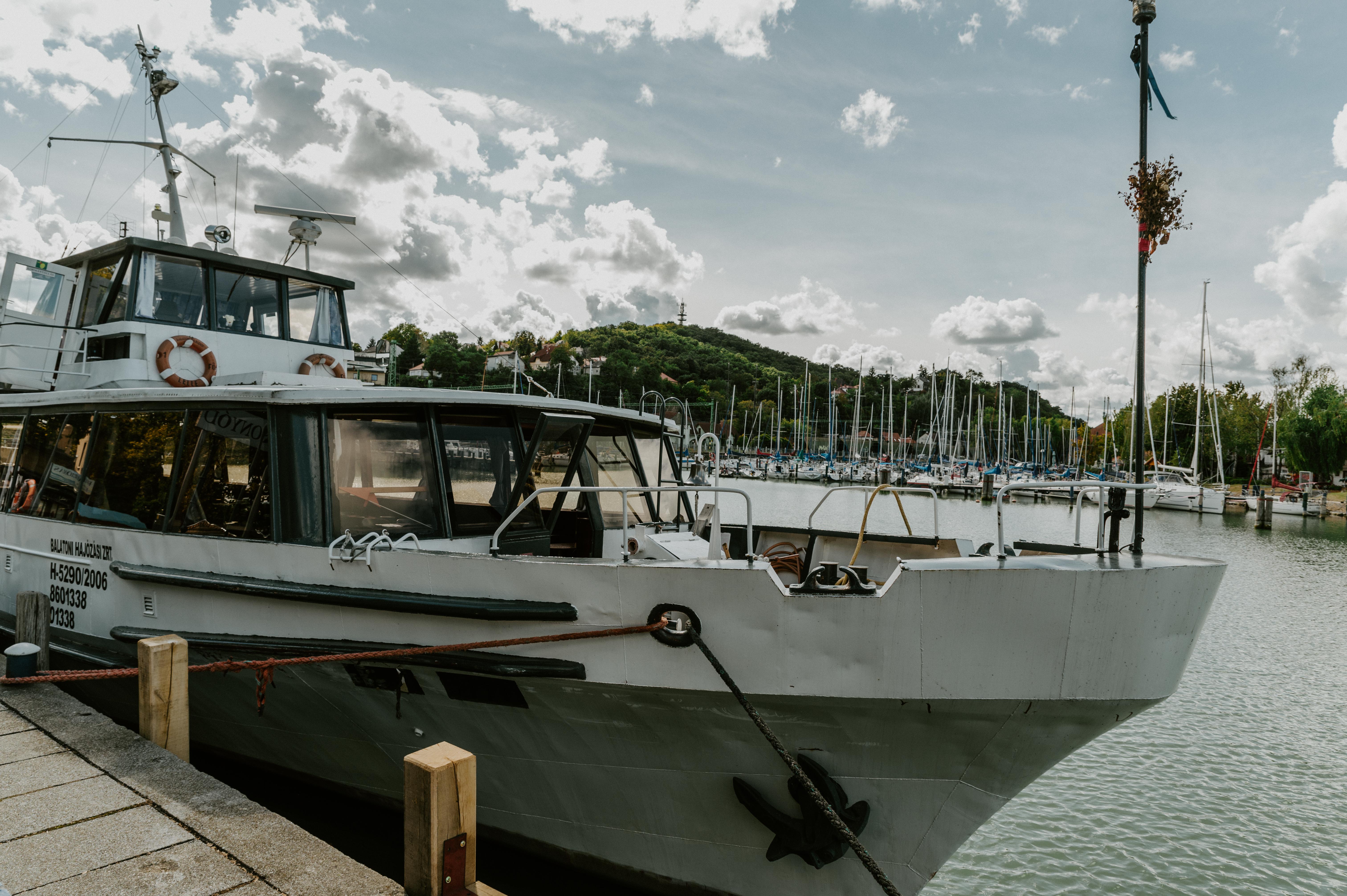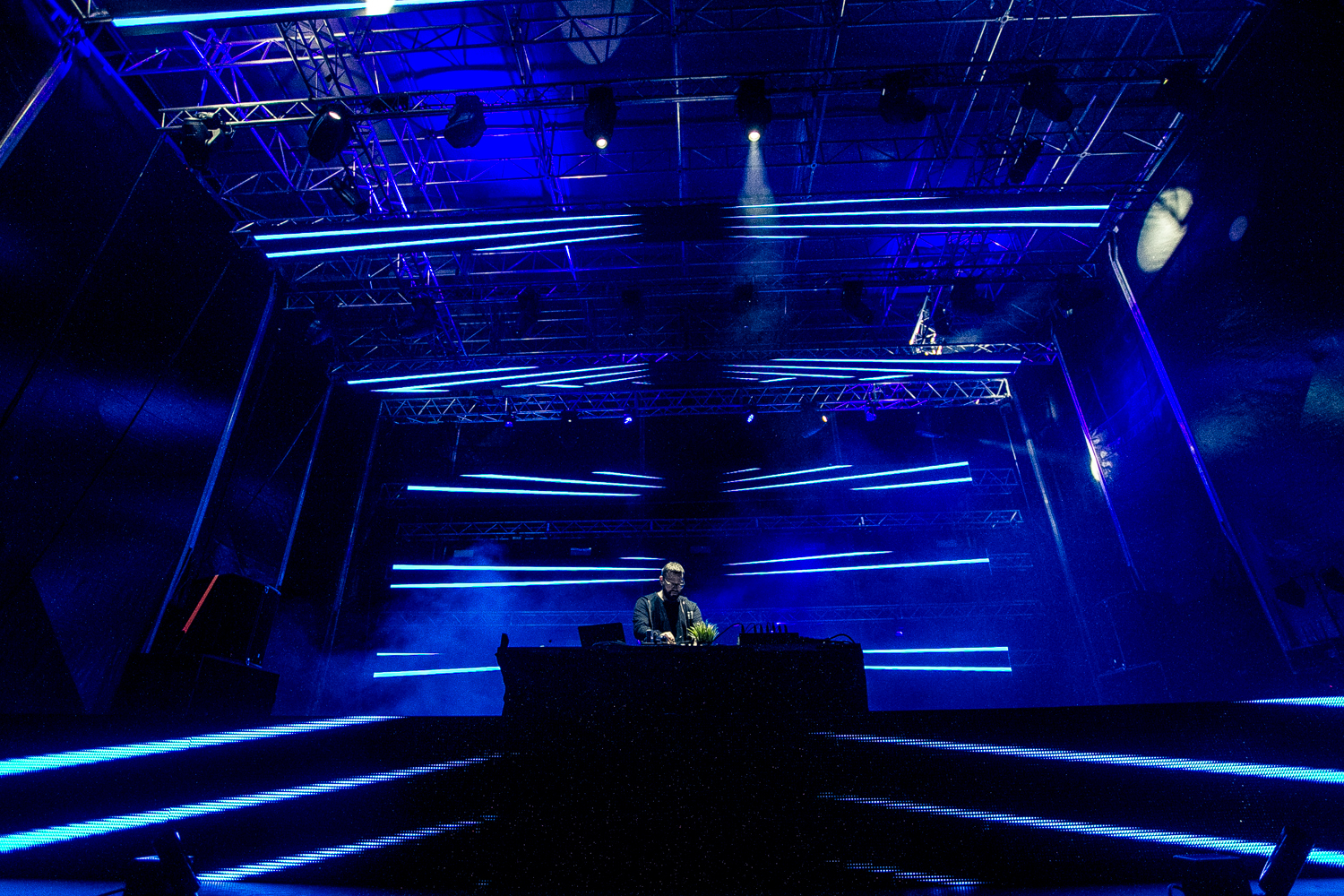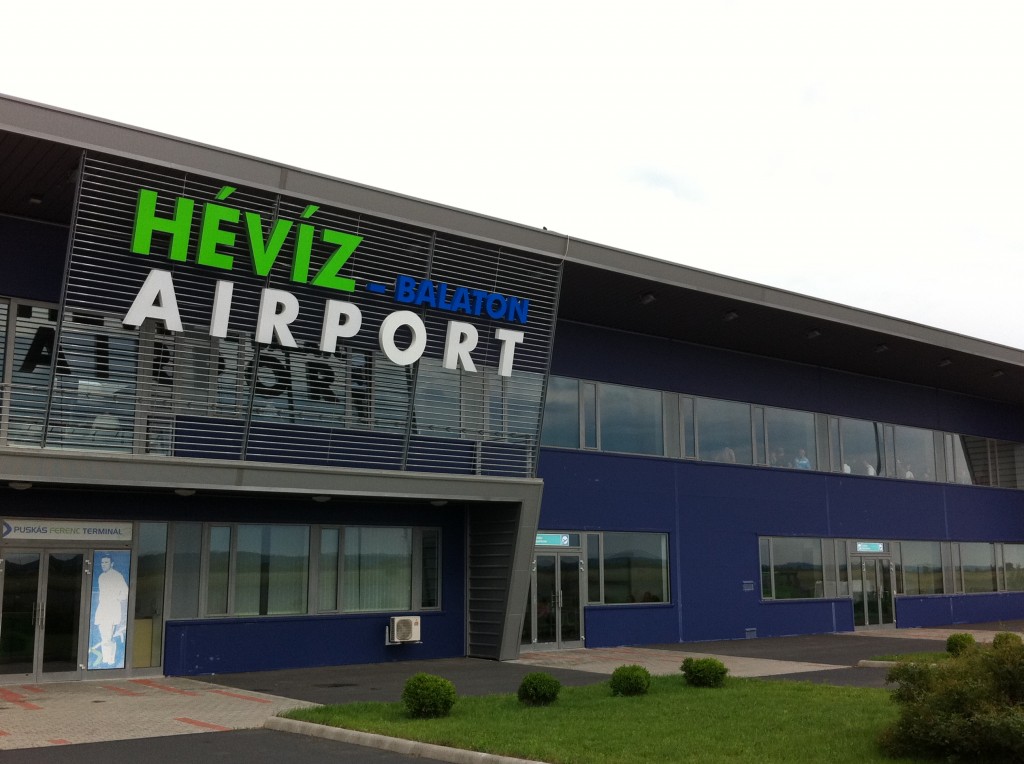Haláp is unusual among the hills of Lake Balaton: looking at it from the summit of the other hills, its mined-away basalt top is a sad sight. For a long time, it was forbidden to hike here as the former mine wasn’t safe to visit. The mining company then decided to make the hill accessible for visitors, and a three-kilometre study trail was opened in the spring of 2019. Now the hill, or at least what’s left of it after eight decades of mining, is gaining new life.
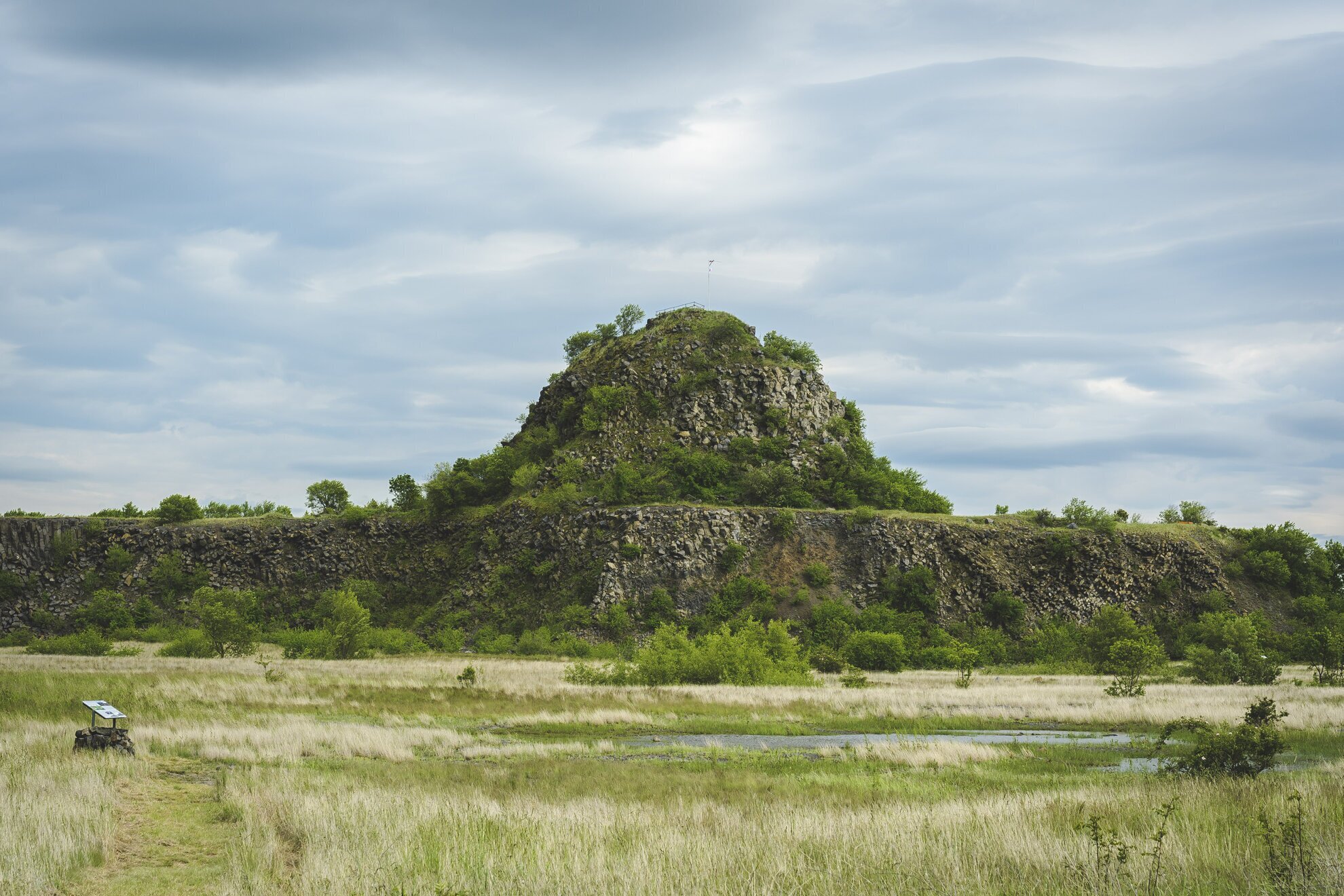
Haláp is easy to climb, the study trail takes about 90 minutes to complete, and it’s even suitable for children. This doesn’t mean that it’s boring, however: a wide variety of geological features await. One minute you can admire the view of the Tapolca Basin, the next you are deep in forest seeking a strange crater.
To reach Haláp, set off from Zalahaláp near Tapolca, in the direction of Nyirád (Devecser). A sign saying Bánya út ('Mine Road') will let you know where to turn right. The winding road to the mine leads among vineyards and press houses. Haláp is a bit wilder than other, more popular hills. There’s a spacious car park near the mine entrance.
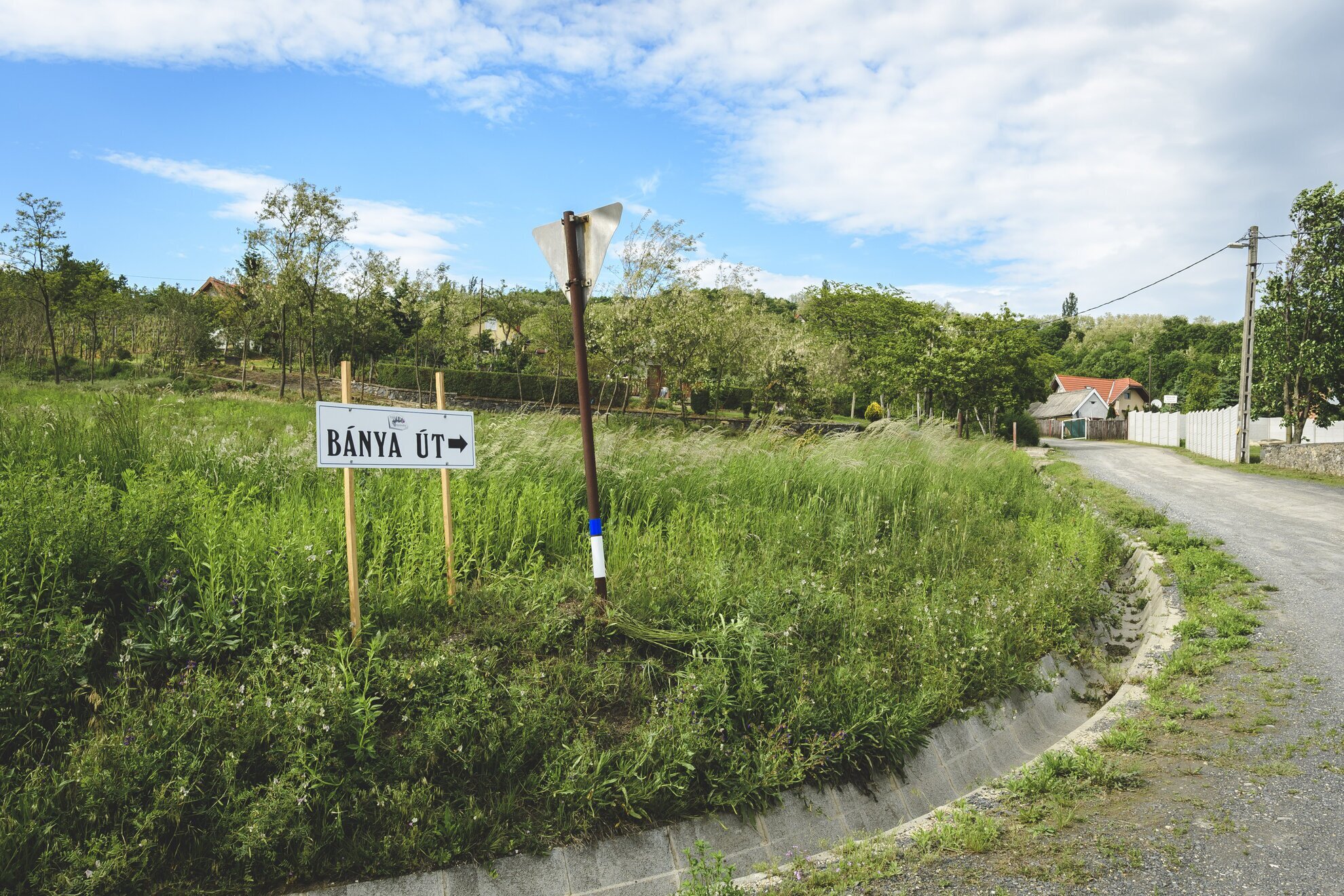
The view gets more beautiful as you climb: you can see Tapolca, the surrounding hills and even Lake Balaton. Walk past the barrier and you’ll find the first board on the study trail.
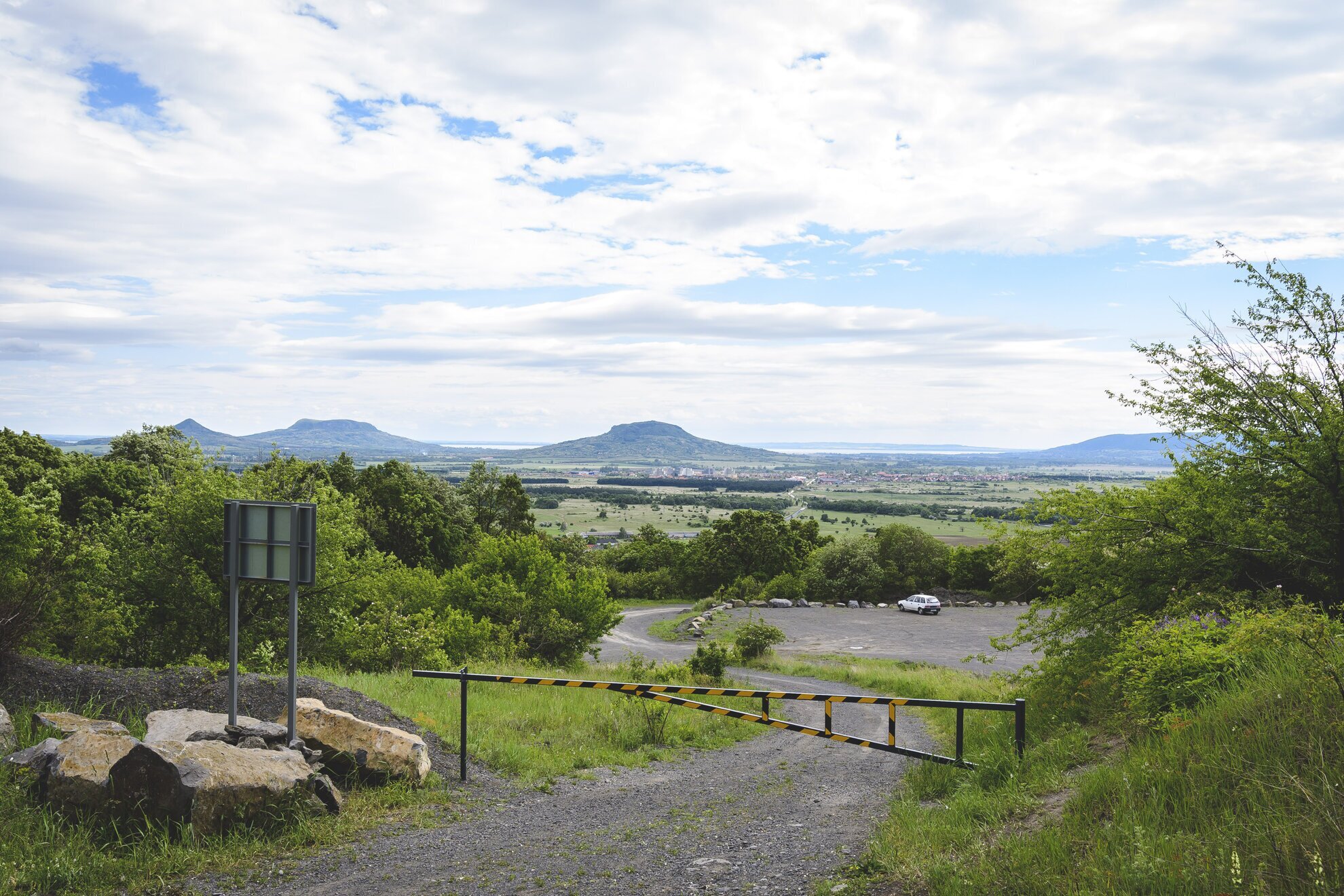
The road separates at the fifth station: from there you can choose to take the shorterroute or opt for the longer circular path through the forest. There’s no need to worry about getting lost, as there are plenty of signs to show you the way.
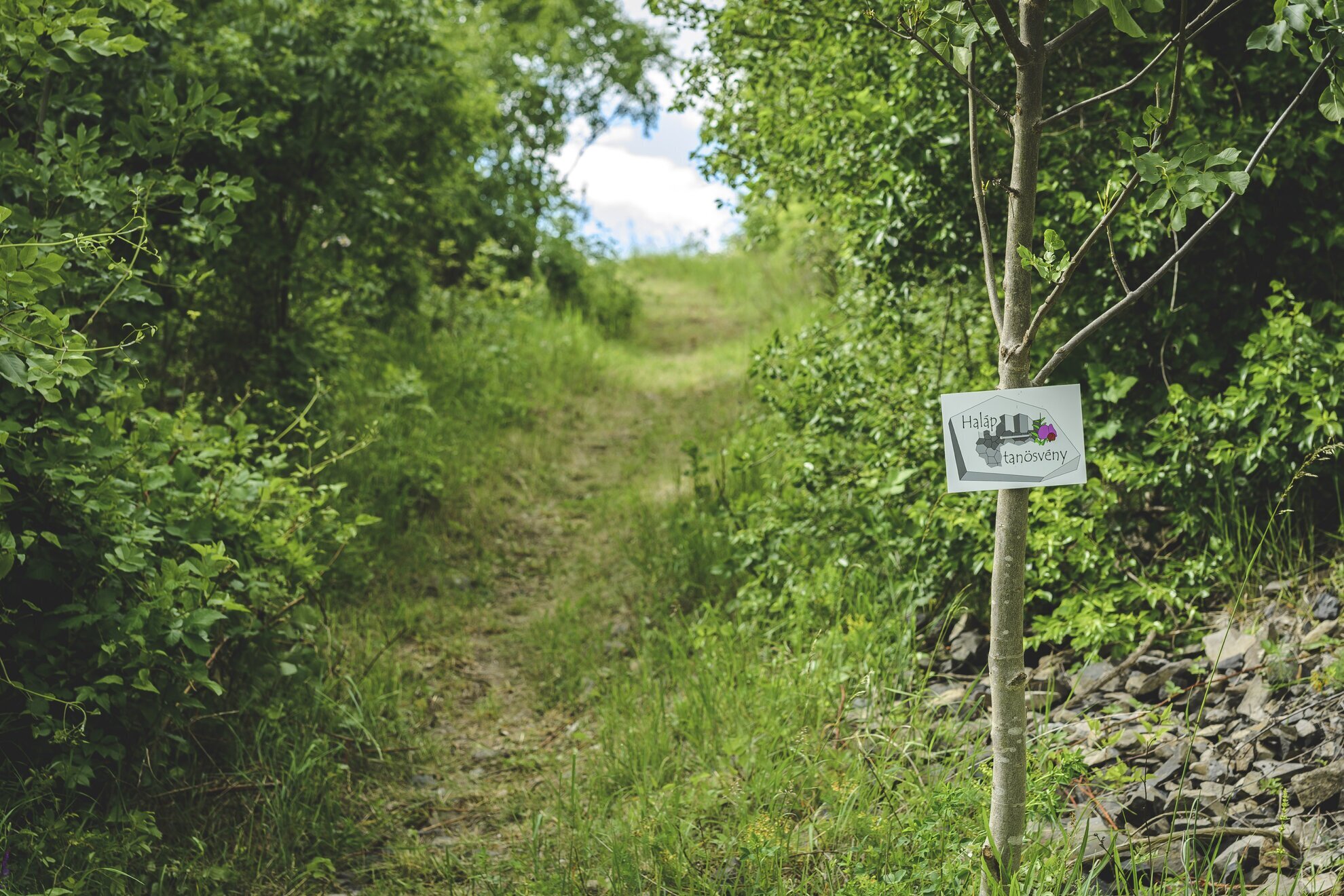
According to legend, the last giant, called Balaton, lived near Badacsony with his only daughter, Haláp in a high rock castle. The hill is named after her.
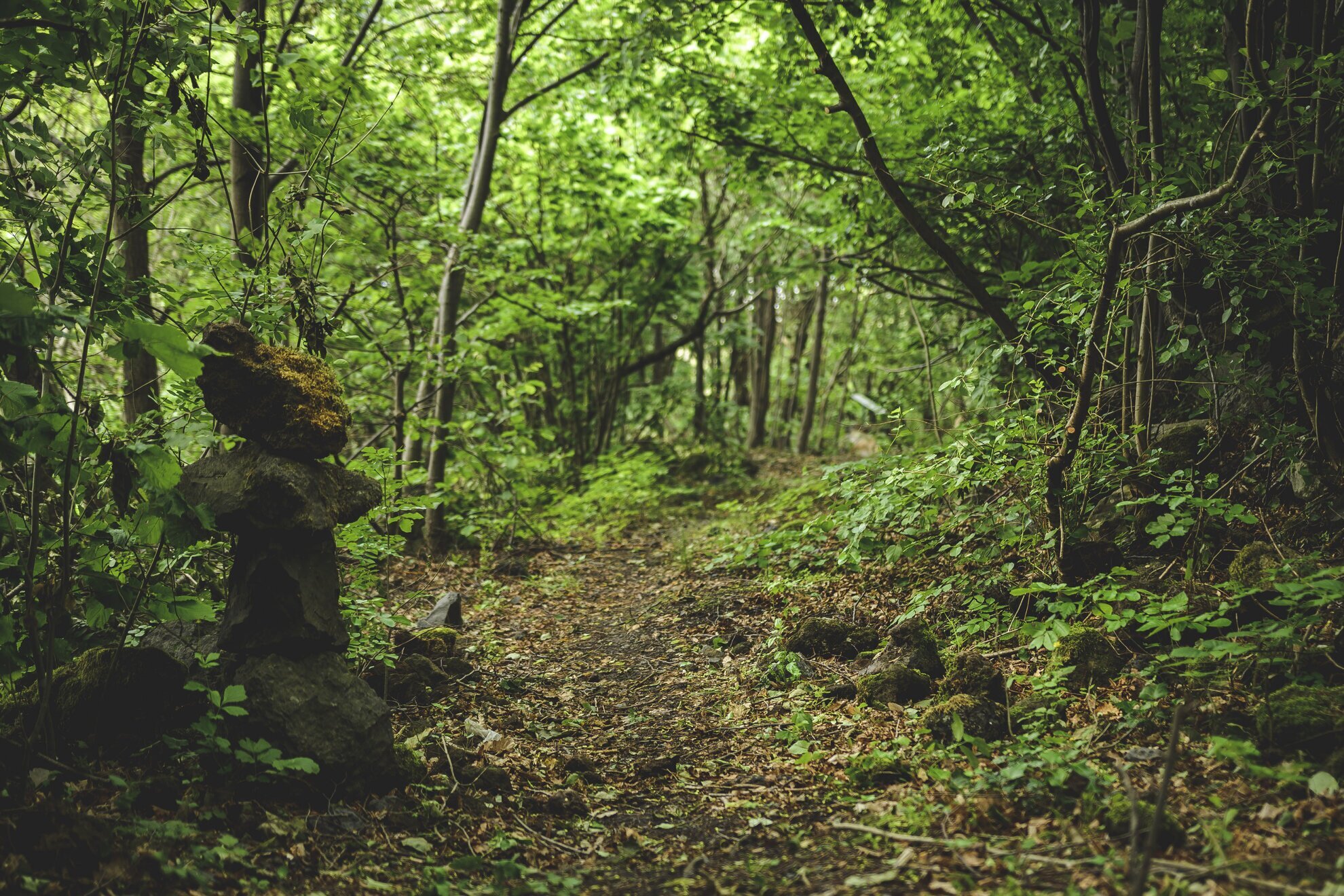
After a while you get back to the shorter path and arrive at a giant crater. The winds are strong here and, with all the geological formations, the place could easily pass as an alien planet. It’s astounding what mining did to this hill that once was just like Badacsony and Szent György-hegy. Now only 291 metres in height, its summit was once more than 60 metres higher.
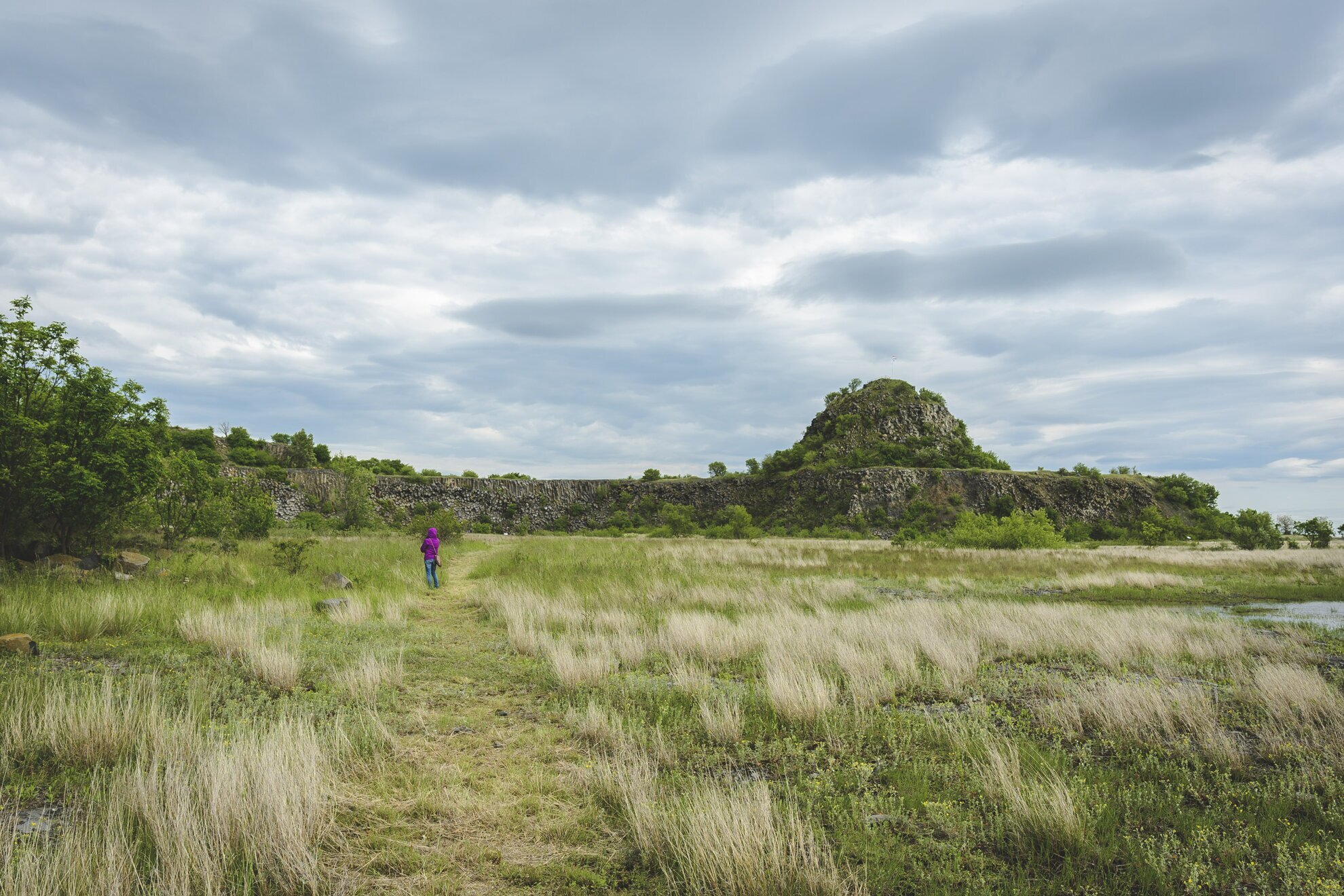
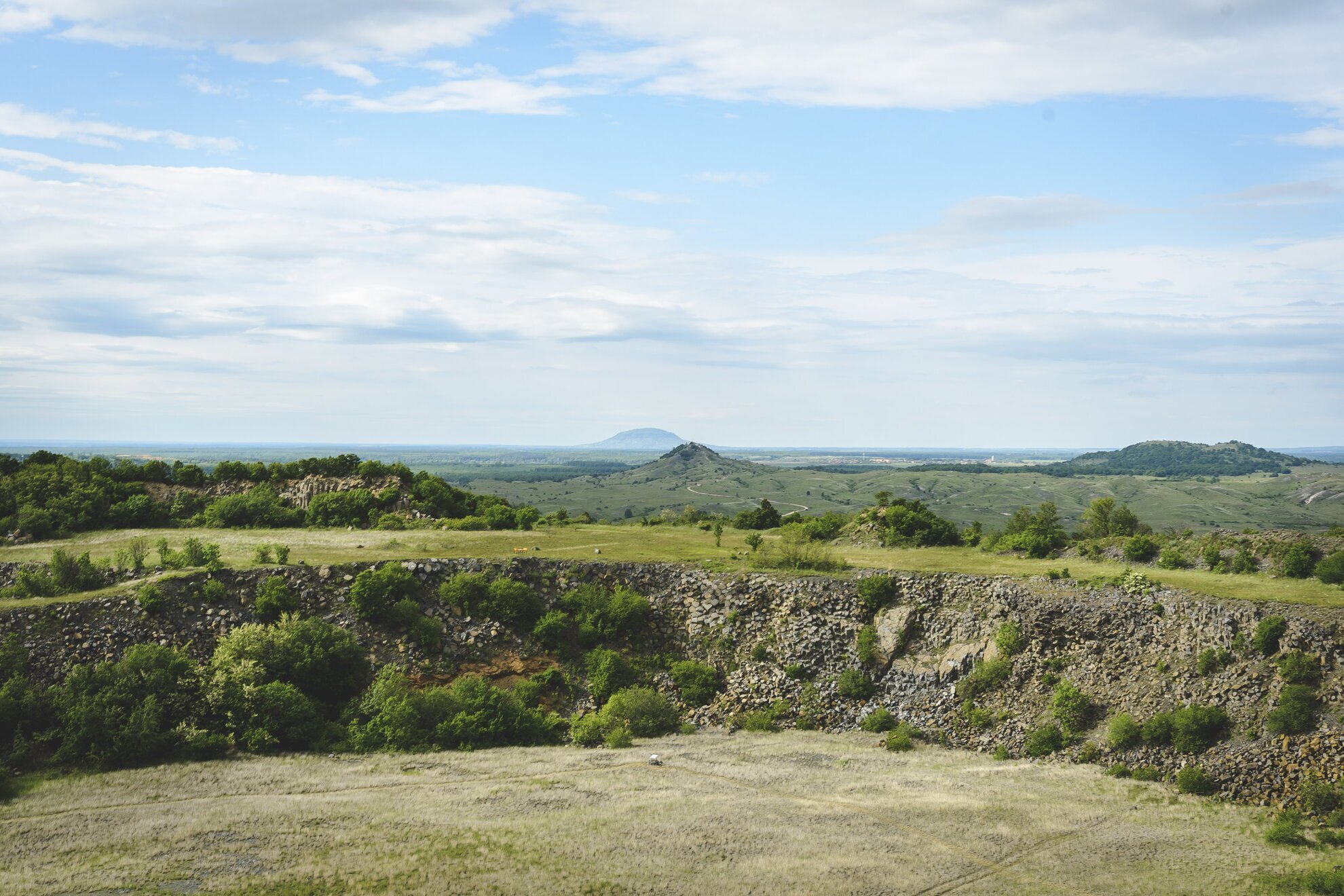
Mining activities took place here in the Roman era, while modern mining activity lasted from 1910 to 1990. More than ten million tons of stone were taken away during this time, and a crater seven to eight hectares in size formed at the summit, surrounded by a wall of rocks. Some of the hardest basalt in Central Europe was mined here, later used for building railways and roads. Haláp basalt helped create the runway at Ferihegy Airport and the old M7 motorway. The mine was eventually closed due to a decline in demand for carved paving stones and the advancement of nature conservation.
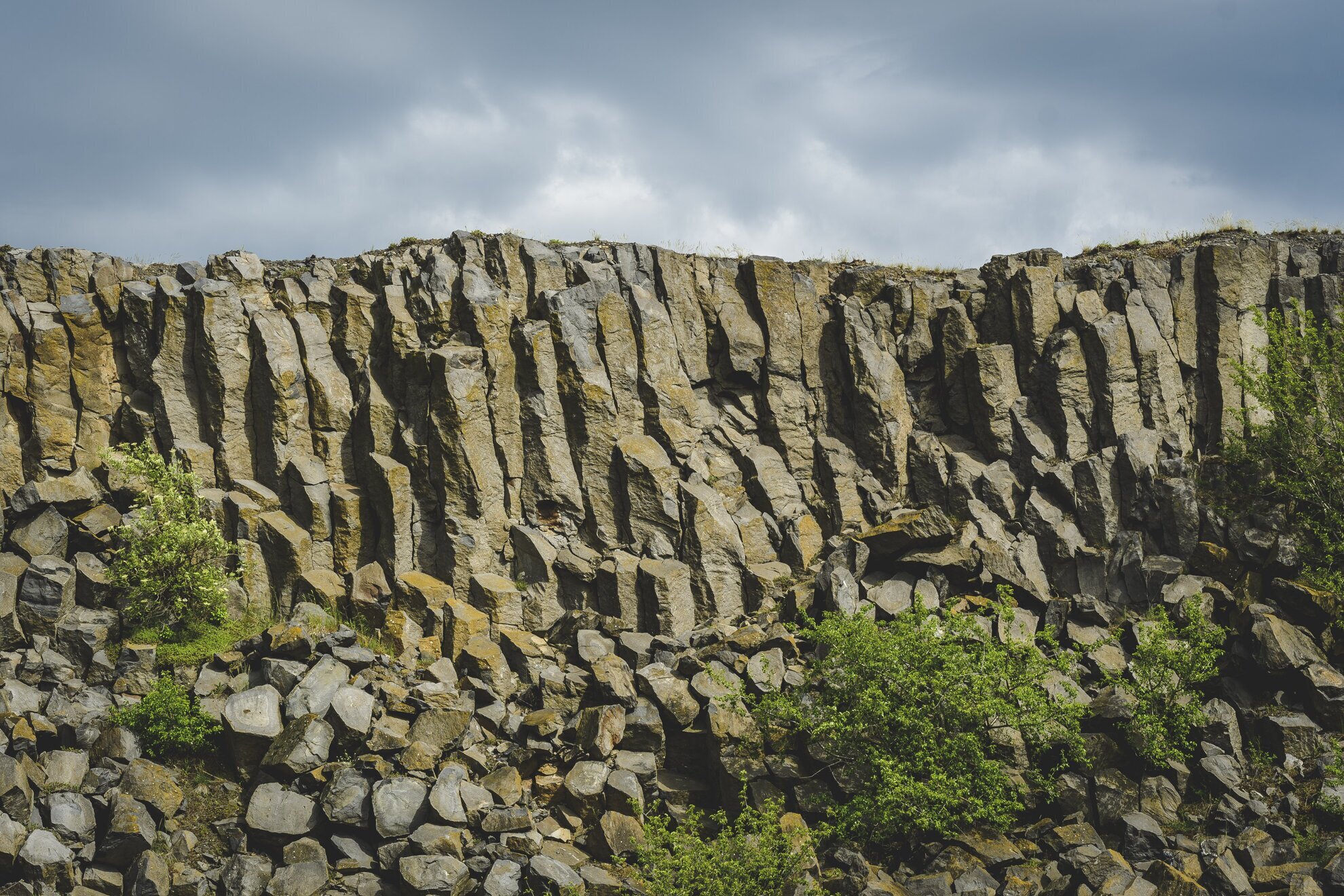
Haláp is the youngest of the hills in the Balaton Uplands. Its high basalt pillars, pentagonal and hexagonal,were formed six million years ago as a result of volcanic activity. Lava outflow can be seen in vertical, horizontal and sidelong directions here, unlike at Hegyestű, where only the vertical direction can be seen.
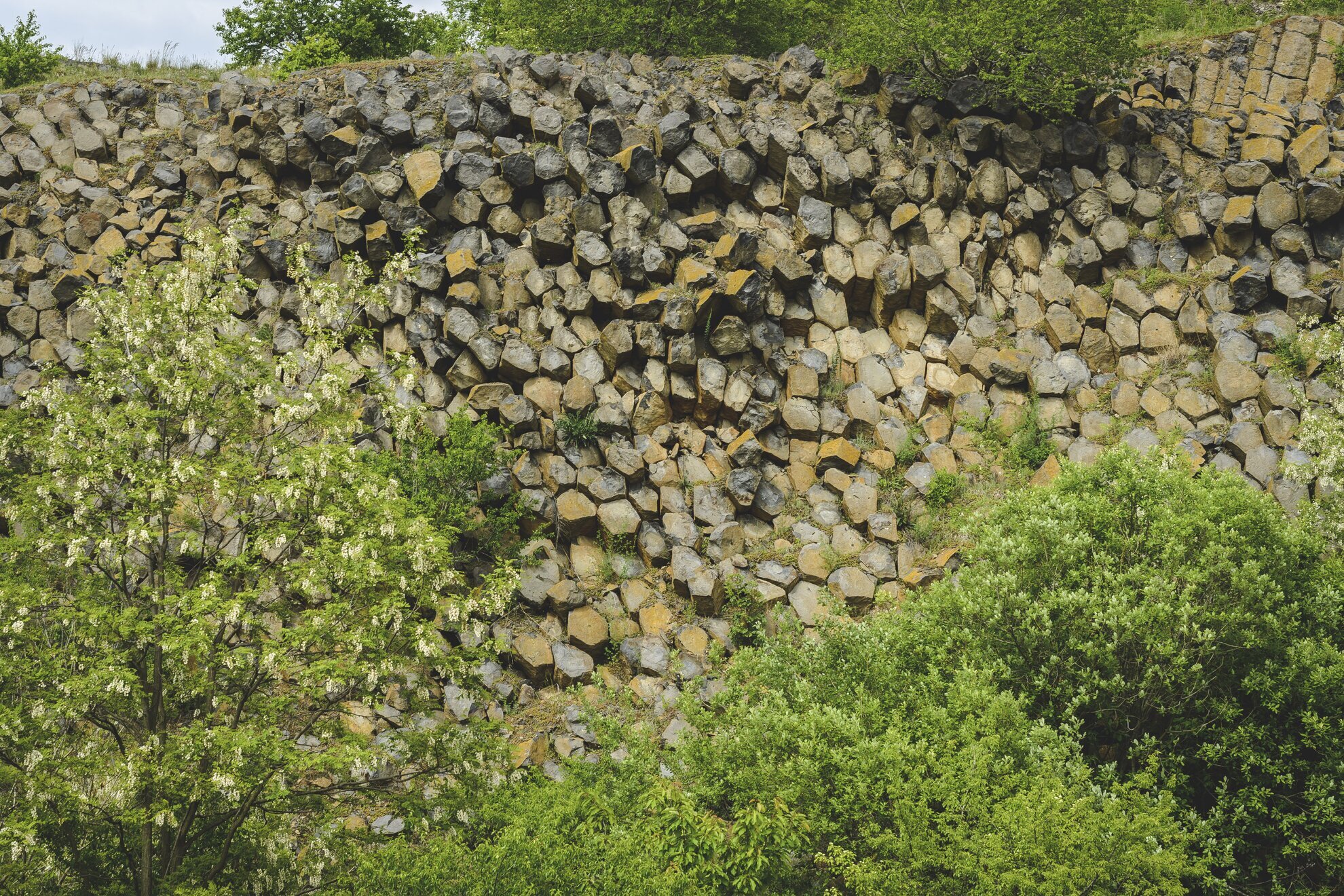
Mining changed the local flora and fauna: instead of natural vegetation, now the hill is covered in rocky, dry forest, with bare rock in places. The current flora includes invasive species such as black locust and giant goldenrod. Birds with habitats quite different from this can be seen here, like the Eurasian eagle-owl and the peregrine falcon, but there are also wallcreepers and alpine accentors. Lizards seem to love the warm rocks.
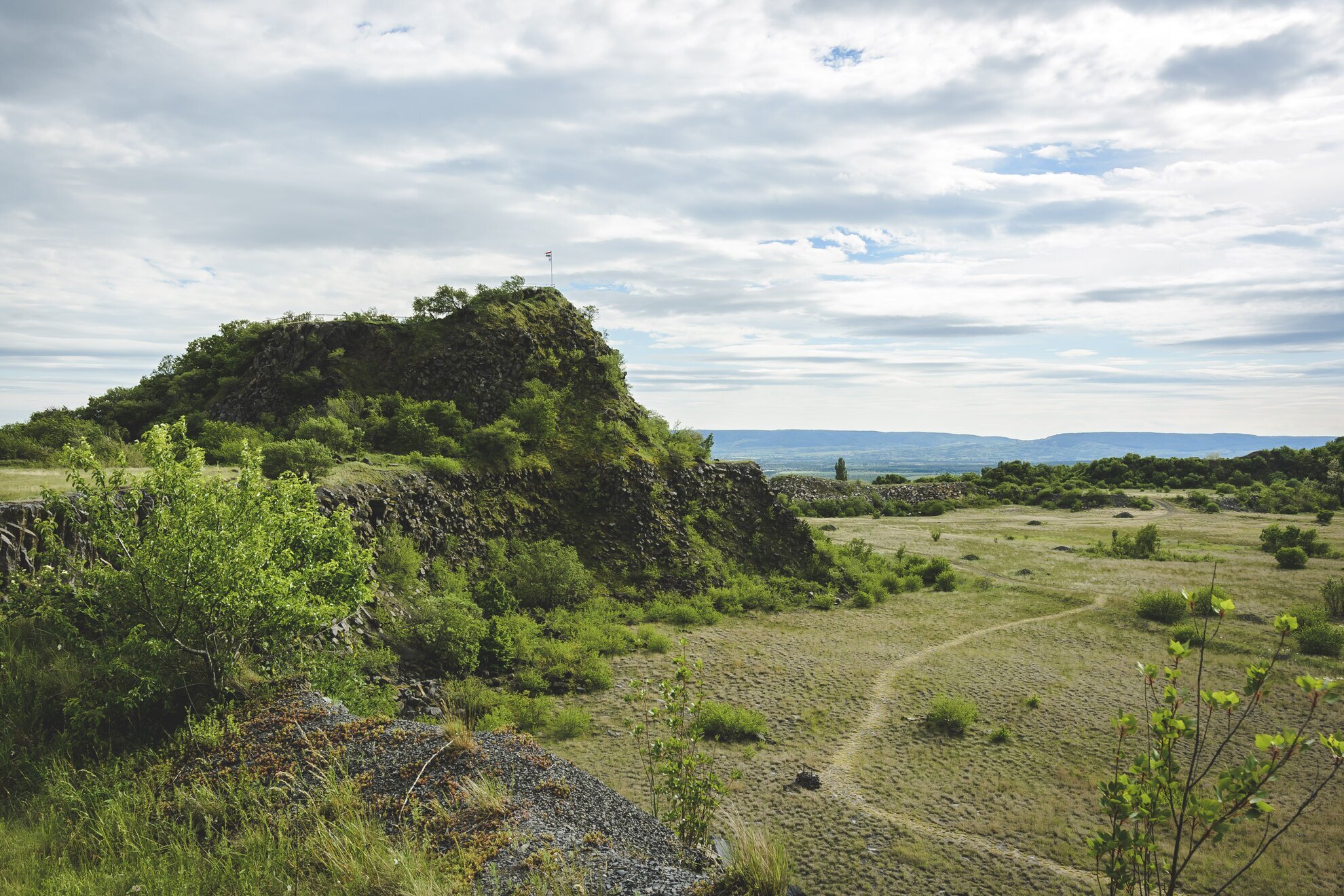
A flight of steep stairs lead to what's left of the summit. The 360-degree view is beautiful, and worth the climb even if you aren’t interested in the geological features.
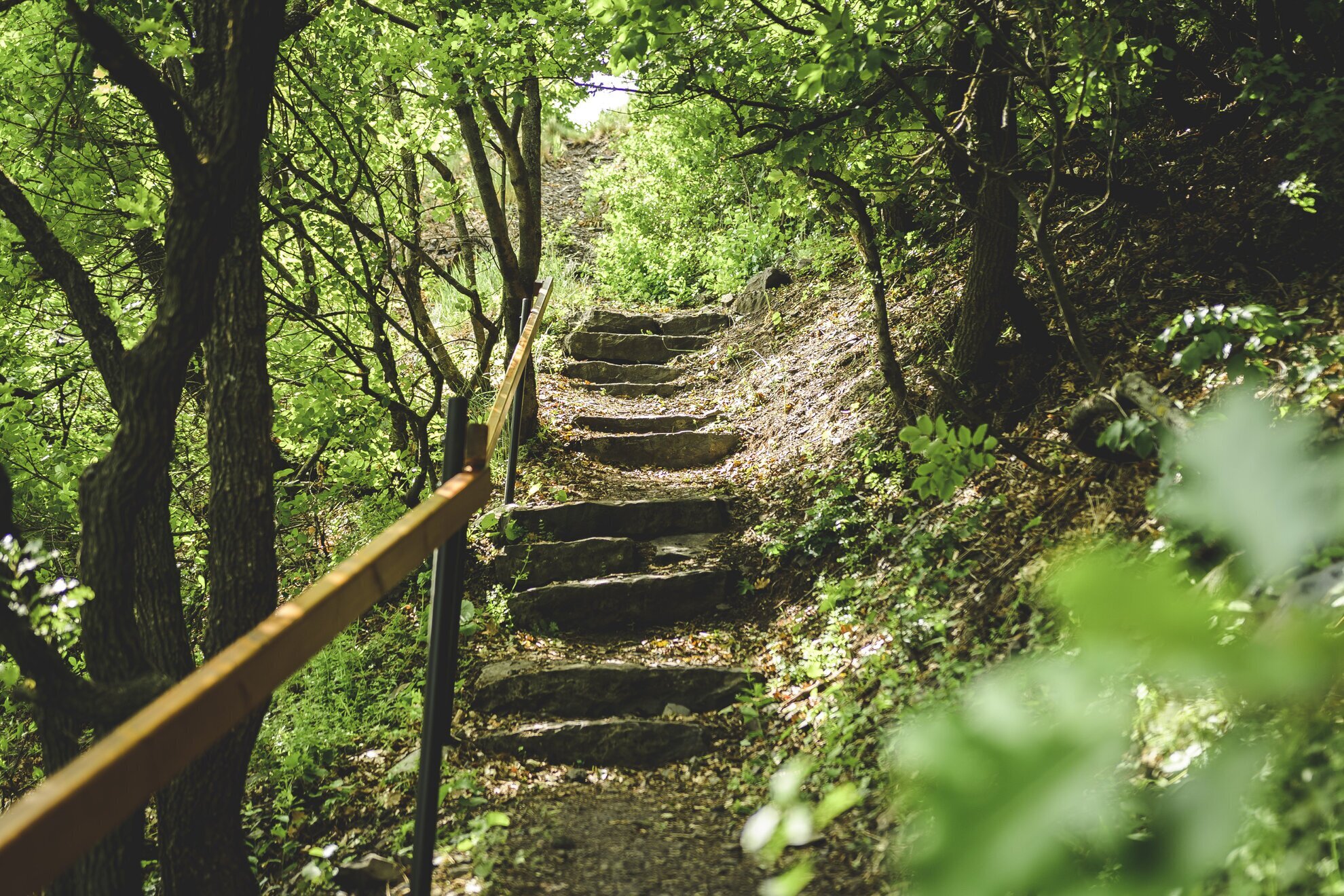
From the top you can see Lake Balaton, Káli Basin and Tapolca Basin with all the hills around them and, when the weather is clear, you might even make out Somló in the distance.
